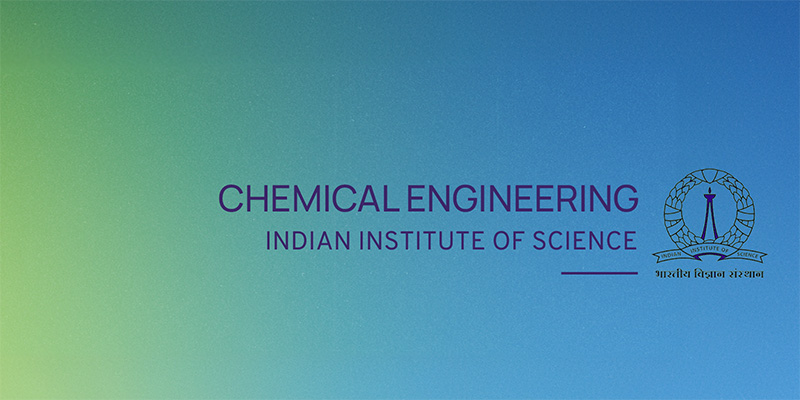January 28, 2025 -- January 28, 2025

Speaker: Madhavan Nampoothiri D K, Department of Chemical Engineering, IISc, Bengaluru.
Date & Time: 28th January (Tuesday) 2024 at 4:00 pm
Venue: Seminar Hall, Chemical Engineering
Understanding the Effect of Molecular Oxygen and Gold Substrate in the Chemistry of 2D MoS2 Growth During Chemical Vapour Deposition
Two-dimensional (2D) transition metal dichalcogenides, such as molybdenum disulfide (MoS2), are emerging candidates for varied applications, including neuromorphic computing, catalysis, gas separations, and optoelectronic devices. Powder-based chemical vapour deposition (CVD) techniques with molybdenum trioxide (MoO3) and sulfur (S) as solid molecular precursors are commonly employed for the growth of large-area MoS2 monolayers. Experimental studies suggest that passing oxygen gas (O2) along with the typical carrier gas can enhance the control on obtaining high quality, large area MoS2 domains. In this study, we track the detailed gas-phase reaction pathway towards the formation of MoS2 with and without O2 assistance to understand the mechanism by which O2 affects the CVD process. We propose a reaction mechanism from first principles by observing the key intermediates obtained by running prolonged ab initio molecular dynamics (AIMD) simulations for both pathways. The reaction energies and activation barriers for these reaction steps were calculated using quantum-mechanical density functional theory (DFT). The ensuing results indicate that the formation of sulfur oxides such as SO2 and S2O drives the chemistry in the O2-assisted pathway, while S2 drives the process in the standard pathway. Both reaction pathways proceed similarly with SO2/S2 insertion into (MoO3)3 ring trimer, followed by ring opening and chain breaking. The smaller MoOxSy chains then continuously sulfurize by S2 and S2O removal to form MoS6 in the gas phase. The observed reduction in gas phase kinetics in the oxygen-assisted pathway correlates well with the suppression of nucleation density of MoS2 observed in experiments. We also study the effect of the Au(111) surface on the reaction mechanism starting from the MoOxSy chains and observe an acceleration towards the formation of MoS6. Further, a possible mechanism towards the origination of the MoS2 triangular nucleus on the substrate is also explored. Our work is expected to shed light on the precise mechanism of oxygen-assisted and substrate supported CVD growth of 2D MoS2 using first-principles calculations